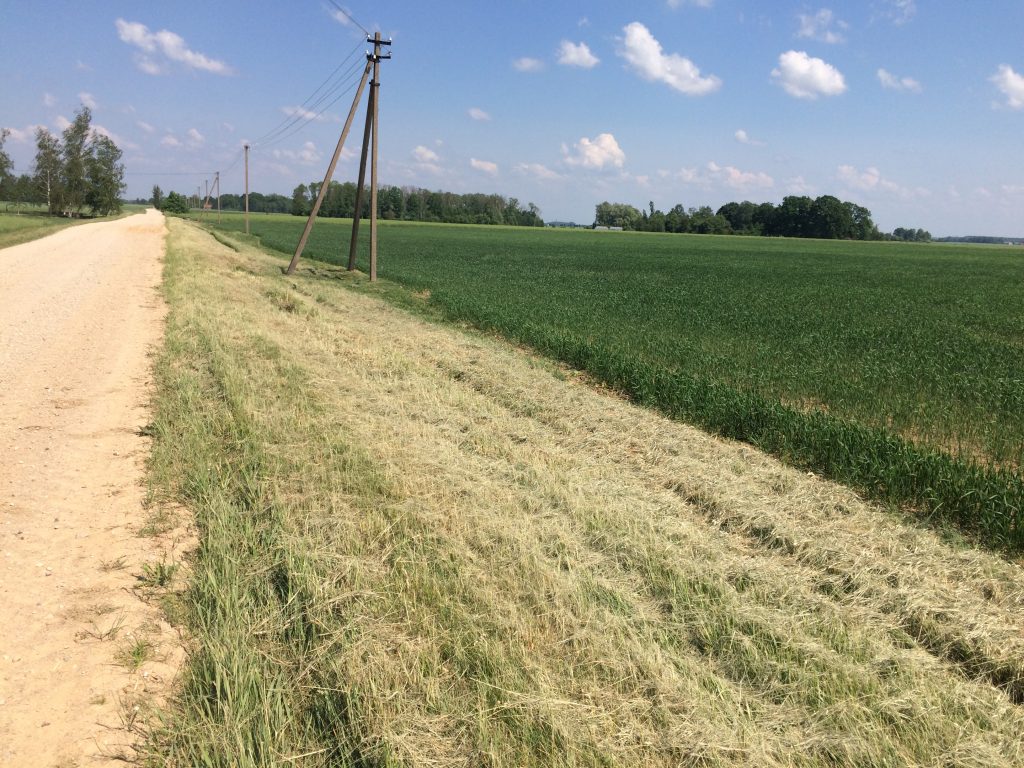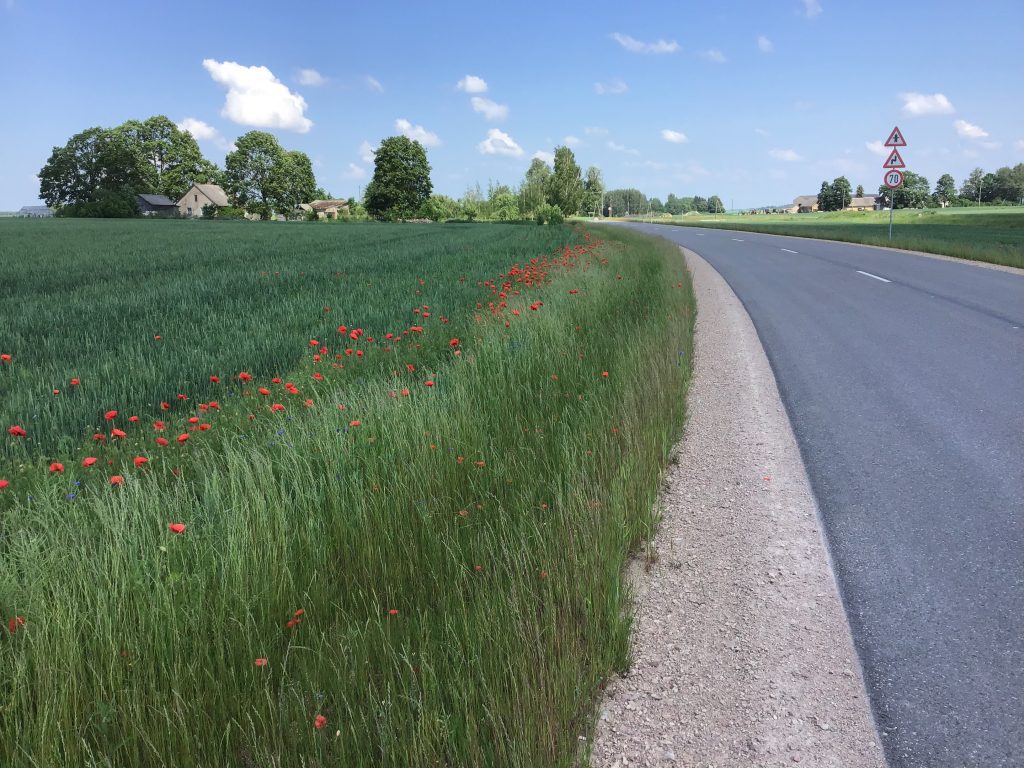The Farmers' Council calls for not rushing to mow roadsides and preserving natural diversity
To preserve biodiversity and reduce mowing costs, the association “Zemnieku saeima” calls on farmers, municipalities and state road managers to mow roadsides and ditches no more than 2 times a season – after the summer solstice in early July and September. Late mowing allows plants to bloom and reproduce. Roadsides are a habitat for natural pollinators and a nesting site for small birds.
Maira Dzelzkalēja-Burmistre, Deputy Chairwoman of the Association “Farmers’ Council”: “Last year, we urged farmers, municipal employees and road managers not to rush to mow roadsides before the Solstice. This year too, we remind you that tidy does not always mean neatly mowed, but we urge you to preserve plant diversity and enjoy flowering plants. Intensive mowing of roadsides and ditches is a legacy of the “Soviet era”, because such were the standards of beauty and economy. Now would be the time to look at what is happening beyond the borders of Latvia in the west and Scandinavia. Over the past decade, roadsides there have turned into zones of flowering plants, which delight motorists with their splendor and make a significant contribution to the preservation of biodiversity. Ill-considered and premature mowing of ditches destroys bird nests and, most importantly, significantly reduces plant diversity – plants are not allowed to bloom and they do not set seeds. Let’s not exaggerate – we will mow ditches only after Midsummer, "Let's get some Jāņi grass for the Midsummer fairgoers and use the money saved on mowing for other road maintenance. Perhaps it's time to review the binding regulations issued by municipalities regarding the "correct" length of grass in populated areas."
Publicity photo:



